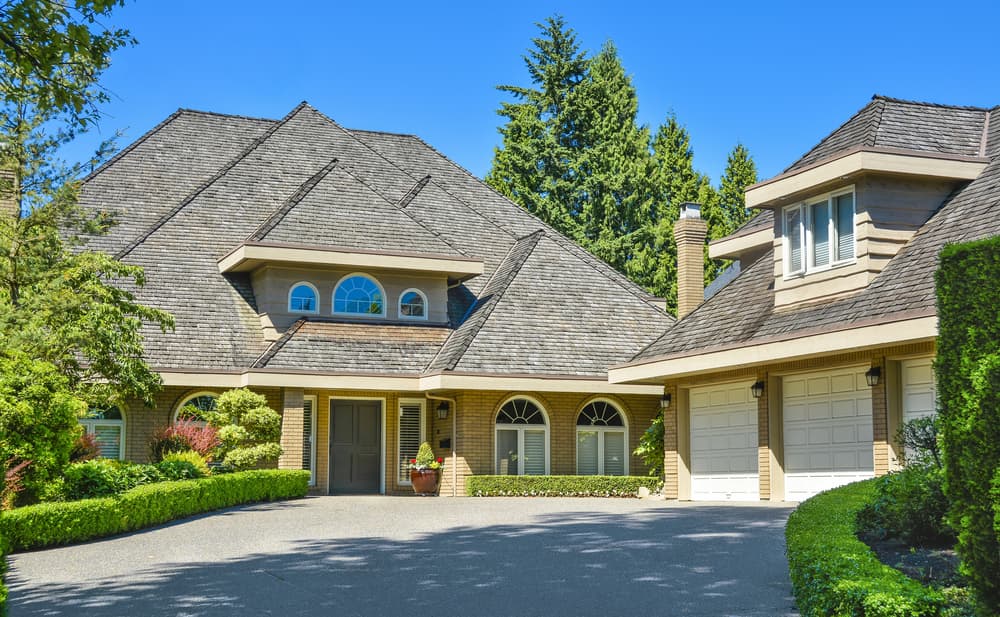
Roofing styles differ greatly around the world since the shape and design must be based on the function and level of protection it can provide in varying climates. But beyond its practical function, other factors like cultural tradition and the financial wealth of an area also have a major influence over the structure and style of roofs that you’ll find at home and abroad. For example, in the tropics, clay roofs are widely used since they don’t absorb solar heat as much as the materials that are commonly used in more temperate climates, like here in Canada. So, how do roofs differ around the world? Read on to learn more!
North America – Canada
In Canada, we experience a temperate climate with four separate seasons throughout the year. With a moderate amount of sunlight, precipitation, and temperature on average, closed roof structures are dominant almost 100% of the time throughout the country. And thanks to our heavy snowfalls we receive throughout the winter, you’ll find mostly pitched, sloped roofing styles used with materials including steel, asphalt, slate and even copper.
Asia – Japan
Japan receives a significant amount of precipitation each year and as a result, their roofing structures have been designed over the years to withstand intense storms and mounds of heavy snowfall. They utilize extreme slopes and strong, low-costing materials like rock and metal. Also, the influence of their Buddhism culture is evident in much of the roofing designs throughout the country, reflecting a decorative, open structural style often seen in temples.
South America – Peru
In some parts of South America where the climate is humid and dry, with mild and damp winters, you’ll find regions like Peru using mostly flat roofing systems. With little precipitation to contend with, there’s no need to worry about moisture collecting and causing water damage like it would here in Canada. And following their local traditions, the adobe roof structure is still widely used even today. It’s also cheaper to use since it’s made from natural materials like dried mud, clay, sand, and straw.
Roofs serve two main purposes – aesthetic and functionality. And when it comes to how roofs differ around the world, the emphasis of cultural tradition, cost and climate are the predominant factors that have the greatest influence over what you’ll find. Even more reason to appreciate the unique properties of different roofing structures at home and abroad!
Need your roof replaced or repaired? Give us a call at Roofmaster. We are a full-service roofing company offering the professional services you need for residential and commercial structures. Get in touch today!










